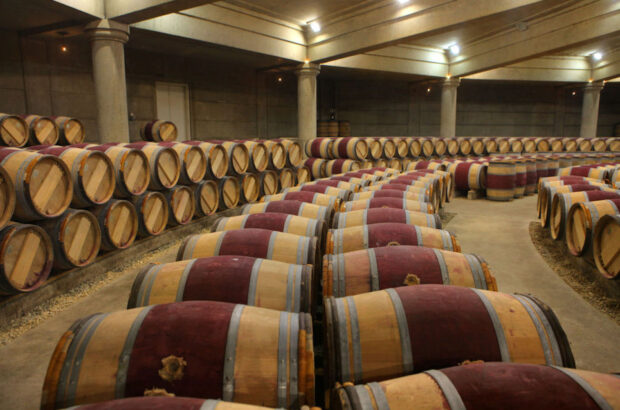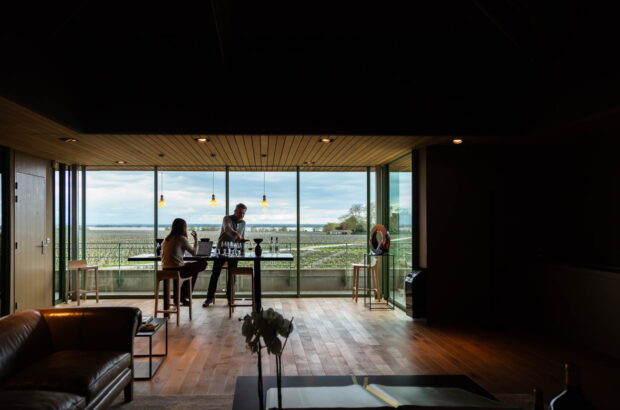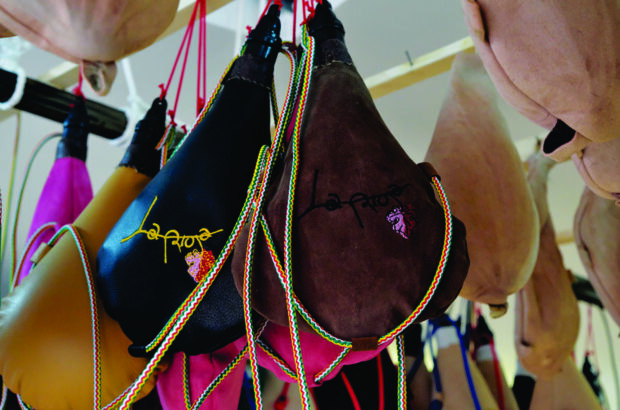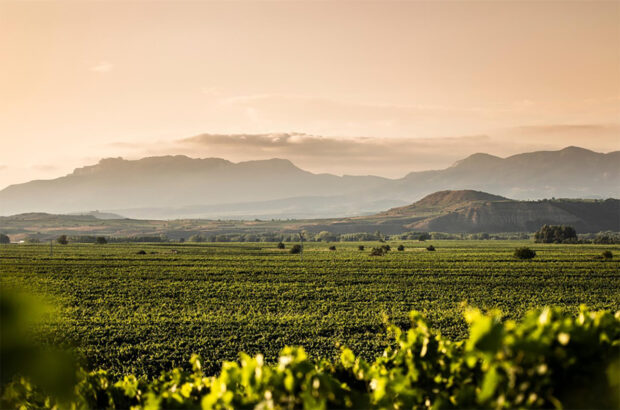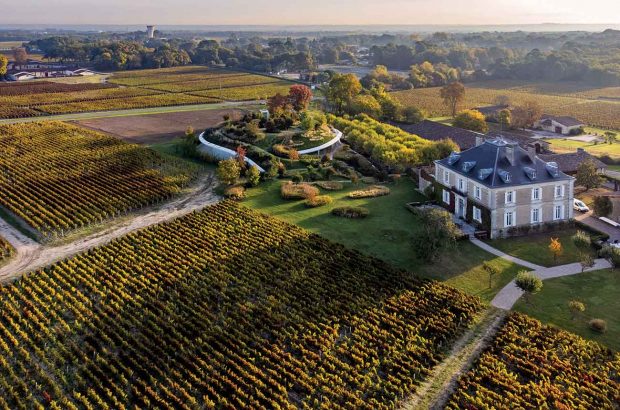Lydia is a reliable source and an authoritative and respected figure worldwide, who has been a consultant for Zanella for 10 years.
Her statement, perhaps taken for granted by some experts, struck me and resounded in my ears for days, prompting me to delve deeper. There are no doubts about the truth of the first part of what she said: the best Italian agronomists agree with the highly regarded French consultant. ‘The abundance of magnesium is a consequence of young soils in Italy,’ said Maurizio Castelli, among the most esteemed winemakers of great Italian Sangiovese (involved with Mastrojanni, Bibbiano, Col d’Orcia and many more).
Naturally, there are vineyards, ‘menzioni’ or crus more or less influenced by this nutrient. ‘In Sorì Tildìn, the bronze colour in the soil is magnesium,’ explained Gaia Gaja during the tasting of the new vintages of Barbaresco early this year. In neighbouring Barolo, one of the MGAs most influenced by this mineral is Brunate. ‘To our mind, it comes from Monviso,’ said Carlotta Rinaldi of producer Giuseppe Rinaldi, referring to the highest peak in the Cottian Alps range, to the west of Piedmont.
Accepting that there can be a high presence of magnesium in some vineyards, then the question becomes: how much ‘bitterness’ due to this nutrient is to be found in Italian wines compared to tasting French, Spanish or New World wines? The bitterness in question goes beyond a defect: grapes that are not perfectly ripe – the result of a cold vintage or harvested too early – end up producing a herbaceous taste or green tannins, both leaning towards an unappealing bitterness that will not evolve or improve.
But the bitterness we are talking about is different; it’s a delicately bitter taste. Master of Wine Jérémy Cukierman, in his book Vignerons Essentiels (Martinière BL, 2019), refers to this bittersweet taste, emphasising how, in the right measure, it can become an element of greater complexity and dimension, adding a new layer of taste to a wine.
In the aforementioned Sorì Tildìn wine by Gaja, for example, it takes on a nuance between savoury and rocky; in the wines of Brunate, it assumes a dark tone in the finish, similar in its savoury, mineral character to Sorì Tildìn. The great wines of Brunello di Montalcino or Barolo, consumed after long bottle ageing, tend to resemble each other in wonderfully bittering notes of rhubarb root or rhubarb candy.
This year, Biondi-Santi releases another one of the historic wines from the Tenuta Greppo in Montalcino. The 1988 Riserva is a masterpiece, the perfect wine to explain the myth of Brunello – amid the sweetness of red cherry and dried black plum emerges a deep bitter note of rhubarb that contributes, along with acidity and fragrance of tannin, to a beautiful palate tension. Federico Radi, Biondi-Santi’s viticulture and winemaking director, explains that in the Greppo vineyards, ‘magnesium is double the level of potassium’ – so much so that they have to work to make up for the deficiencies of the latter.
There are deep historical reasons that connect Italians to the bitter taste in wine. According to the gastronomic historian Massimo Montanari, the preference for bitterness was due to the abundance of wild herbs on the peninsula. Their widespread presence was so common that it was shared indiscriminately by both nobility and the common people, unlike most other foods.
The use of these herbs and spices led to the creation of wines such as vermouth or Barolo chinato. It was long believed that they had healing properties and, despite no modern scientific evidence, they have remained a tradition, and the bittersweet taste deeply rooted in the unique identity of Italian wine. To paraphrase the famous quip by Madonna during one of her concerts in Italy, ‘Italians do it bitter’!
In my glass this month
Michele Satta’s Cavaliere, Toscana IGT (2019, £43 Armit) is a 100% Sangiovese bottling from Bolgheri – the land of Bordeaux blends, where the reputation of the Tuscan red grape is sulphurous. Michele’s son Giacomo Satta has given a post-modern twist, fermenting it in concrete with 30% whole-bunch fruit. Raspberry and wild strawberry, liquorice and earthy depth, a fiercely velvety, chewy palate at just 13.5% alcohol. Amazingly fresh and complex for Sangiovese from the coast.





